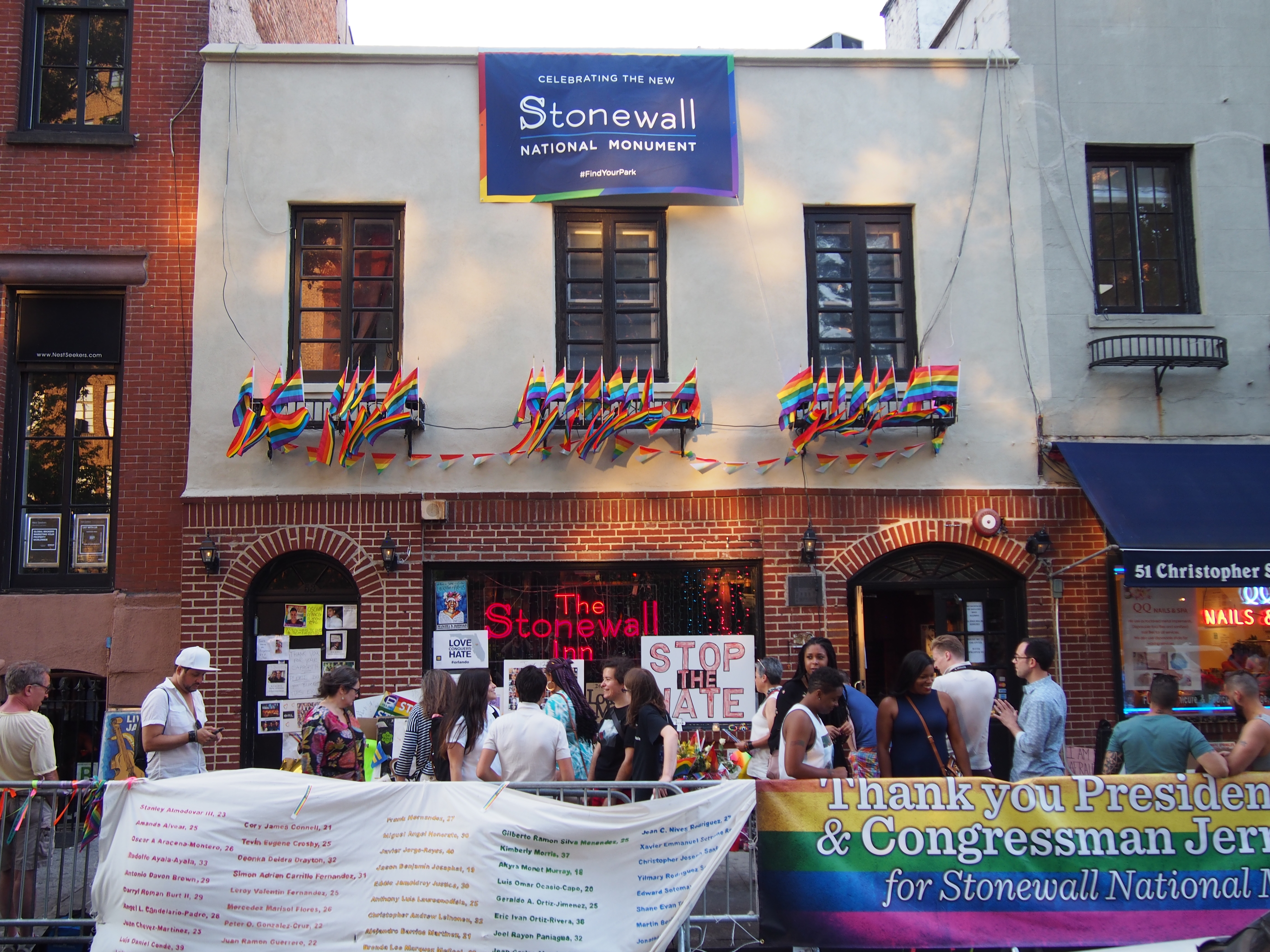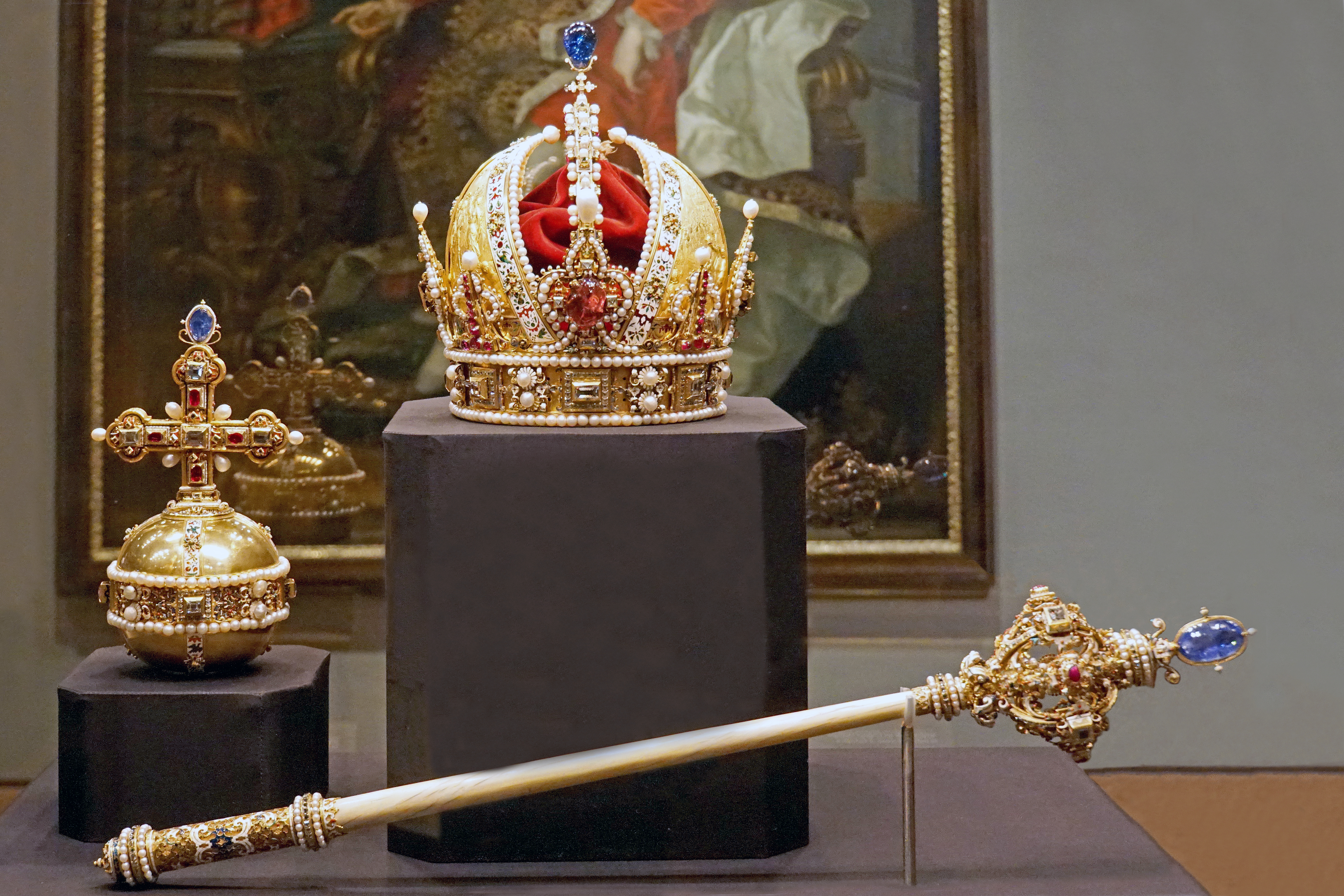|
Līloa
Līloa was a ruler of the island of Hawaii in the late 15th century. He kept his royal compound in Waipio Valley, Waipi'o Valley. Līloa was the firstborn son of Kiha-nui-lulu-moku, one of the ''noho aliʻi'' (ruling elite). He descended from Hāna-laʻa-nui. Līloa's mother Waioloa (or Waoilea), his grandmother Neʻula, and his great-grandmother Laʻa-kapu were of the ʻEwa Beach, Hawaii, ʻEwa aliʻi lines of Oahu. Liloa's father ruled Hawaii as ''aliʻi nui'' and upon his death left the rule of the island to Līloa. Kiha had four other sons, brothers to Līloa. Their names were Kaunuamoa, Makaoku, Kepailiula, and (by Kiha's second wife Hina-opio) Hoolana. Hoolana's descendants were the Kaiakea family of Molokai, from whom Abraham Fornander's wife Pinao Alanakapu was descended. Līloa had two sons: his firstborn, Hākau, from his wife Pinea (his mother's sister); and his second son, Umi-a-Liloa, ʻUmi-a-Līloa, from his lesser-ranking wife, Akahi-a-Kuleana. Līloa was the common ... [...More Info...] [...Related Items...] OR: [Wikipedia] [Google] [Baidu] |
Umi-a-Liloa
ʻUmi-a-Līloa (fifteenth century) was the supreme ruler Aliʻi nui of Hawaii, Aliʻi-ʻAimoku (High chief of Hawaiʻi Island) who inherited Hawaiian religion, religious authority of the Hawaiian Islands from his father, High Chief Līloa, whose line is traced, unbroken to Hawaiian "creation". Aliʻi-ʻAimoku is the title bestowed on the ruler of a moku, district or island. His mother was Akahi. She was of a lesser line of chiefs who Līloa had fallen in love with when he discovered her bathing in a river. He became Aliʻi nui after the death of his half-brother Hākau, who inherited the lands of his father to rule. ʻUmi-a-Līloa was considered a just ruler, religious and the first to unite almost all of the Hawaii (island), island of Hawaii. The legend of Umi is one of the most popular hero sagas in Hawaiian history. While there is probably embellishment to the story, as many sagas do, a portion of historical accuracy remains. ʻUmi-a-Līloaʻs wife was Princess Piʻikea, daughter ... [...More Info...] [...Related Items...] OR: [Wikipedia] [Google] [Baidu] |
Hawaii
Hawaii ( ; ) is an island U.S. state, state of the United States, in the Pacific Ocean about southwest of the U.S. mainland. One of the two Non-contiguous United States, non-contiguous U.S. states (along with Alaska), it is the only state not on the North American mainland, the only state that is an archipelago, and the only state in the tropics. Hawaii consists of 137 volcanic islands that comprise almost the entire Hawaiian Islands, Hawaiian archipelago (the exception, which is outside the state, is Midway Atoll). Spanning , the state is Physical geography, physiographically and Ethnology, ethnologically part of the Polynesian subregion of Oceania. Hawaii's ocean coastline is consequently the List of U.S. states and territories by coastline, fourth-longest in the U.S., at about . The eight main islands, from northwest to southeast, are Niihau, Niihau, Kauai, Kauai, Oahu, Oahu, Molokai, Molokai, Lanai, Lānai, Kahoʻolawe, Kahoolawe, Maui, and Hawaii (island), Hawaii, a ... [...More Info...] [...Related Items...] OR: [Wikipedia] [Google] [Baidu] |
LGBTQ Native Hawaiians
LGBTQ people are individuals who are lesbian, gay, bisexual, transgender, queer, or questioning. Many variants of the initialism are used; LGBTQIA+ people incorporates intersex, asexual, aromantic, agender, and other individuals. The group is generally conceived as broadly encompassing all individuals who are part of a sexual or gender minority, including all sexual orientations, romantic orientations, gender identities, and sex characteristics that are not heterosexual, heteroromantic, cisgender, or endosex, respectively. Scope and terminology A broad array of sexual and gender minority identities are usually included in who is considered LGBTQ. The term ''gender, sexual, and romantic minorities'' is sometimes used as an alternative umbrella term for this group. Groups that make up the larger group of LGBTQ people include: * People with a sexual orientation that is non-heterosexual, including lesbians, gay men, bisexual people, and asexual people * People who are transg ... [...More Info...] [...Related Items...] OR: [Wikipedia] [Google] [Baidu] |
House Of Līloa
A house is a single-unit residential building. It may range in complexity from a rudimentary hut to a complex structure of wood, masonry, concrete or other material, outfitted with plumbing, electrical, and heating, ventilation, and air conditioning systems.Schoenauer, Norbert (2000). ''6,000 Years of Housing'' (rev. ed.) (New York: W.W. Norton & Company). Houses use a range of different roofing systems to keep precipitation such as rain from getting into the dwelling space. Houses generally have doors or locks to secure the dwelling space and protect its inhabitants and contents from burglars or other trespassers. Most conventional modern houses in Western cultures will contain one or more bedrooms and bathrooms, a kitchen or cooking area, and a living room. A house may have a separate dining room, or the eating area may be integrated into the kitchen or another room. Some large houses in North America have a recreation room. In traditional agriculture-oriented societies, domes ... [...More Info...] [...Related Items...] OR: [Wikipedia] [Google] [Baidu] |
Hawaiian Kingdom People
Hawaiian may refer to: * Native Hawaiians, the current term for the indigenous people of the Hawaiian Islands or their descendants * Hawaii state residents, regardless of ancestry (only used outside of Hawaii) * Hawaiian language, a Polynesian language originally spoken on the eight major islands of the Hawaiian archipelago Historic uses * things and people of the Kingdom of Hawaii, during the period from 1795 to 1893 * things and people of the Republic of Hawaii, the short period between the overthrow of the monarchy and U.S. annexation * things and people of the Territory of Hawaii The Territory of Hawaii or Hawaii Territory (Hawaiian language, Hawaiian: ''Panalāʻau o Hawaiʻi'') was an organized incorporated territories of the United States, organized incorporated territory of the United States that existed from Apri ..., during the period the area was a U.S. territory from 1898 to 1959 * things and people of the Sandwich Islands, the name used for the Hawaiian Islan ... [...More Info...] [...Related Items...] OR: [Wikipedia] [Google] [Baidu] |
People From Hawaii (island)
The term "the people" refers to the public or common mass of people of a polity. As such it is a concept of human rights law, international law as well as constitutional law, particularly used for claims of popular sovereignty. In contrast, a people is any plurality of persons considered as a whole. Used in politics and law, the term "a people" refers to the collective or community of an ethnic group or nation. Concepts Legal Chapter One, Article One of the Charter of the United Nations states that "peoples" have the right to self-determination. Though the mere status as peoples and the right to self-determination, as for example in the case of Indigenous peoples (''peoples'', as in all groups of indigenous people, not merely all indigenous persons as in ''indigenous people''), does not automatically provide for independent sovereignty and therefore secession. Indeed, judge Ivor Jennings identified the inherent problems in the right of "peoples" to self-determination, as i ... [...More Info...] [...Related Items...] OR: [Wikipedia] [Google] [Baidu] |
Royalty Of Hawaii (island)
The Hawaiian Kingdom, also known as the Kingdom of Hawaiʻi ( Hawaiian: ɛ ɐwˈpuni həˈvɐjʔi, was an archipelagic country from 1795 to 1893, which eventually encompassed all of the inhabited Hawaiian Islands. It was established in 1795 when Kamehameha I, then Aliʻi nui of Hawaii, conquered the islands of Oʻahu, Maui, Molokaʻi, and Lānaʻi, and unified them under one government. In 1810, the Hawaiian Islands were fully unified when the islands of Kauaʻi and Niʻihau voluntarily joined the Hawaiian Kingdom. Two major dynastic families ruled the kingdom, the House of Kamehameha and the House of Kalākaua. The kingdom subsequently gained diplomatic recognition from European powers and the United States. An influx of European and American explorers, traders, and whalers soon began arriving to the kingdom, introducing diseases such as syphilis, tuberculosis, smallpox, and measles, leading to the rapid decline of the Native Hawaiian population. In 1887, King Kalākaua ... [...More Info...] [...Related Items...] OR: [Wikipedia] [Google] [Baidu] |
Bishop Museum
The Bernice Pauahi Bishop Museum, designated the Hawaii State Museum of Natural and Cultural History, is a museum of history and science in the historic Kalihi district of Honolulu, Hawaii, Honolulu on the Hawaiian island of Oʻahu. Founded in 1889, it is the largest museum in Hawaiʻi and has the world's largest collection of Polynesian Triangle, Polynesian cultural artifacts and natural history specimens. Besides the comprehensive exhibits of Hawaiiana, Hawaiian cultural material, the museum's total holding of natural history specimens exceeds 24 million, of which the entomological collection alone represents more than 13.5 million specimens (making it the third-largest insect collection in the United States). The ''Index Herbariorum'' code assigned to Herbarium Pacificum of this museum is BISH and this abbreviation is used when citing housed herbarium specimens. The museum complex is home to the Richard T. Mamiya Science Adventure Center. History Establishment Charles Reed ... [...More Info...] [...Related Items...] OR: [Wikipedia] [Google] [Baidu] |
Crown Jewels
Crown jewels are the objects of metalwork and jewellery in the regalia of a current or former monarchy. They are often used for the coronation of a monarch and a few other ceremonial occasions. A monarch may often be shown wearing them in portraits, as they symbolize the power and continuity of the monarchy. Additions to them may be made, but, since medieval times, the existing items have been typically passed down unchanged, symbolizing the continuity of a monarchy. Typical items in Europe include Crown (headgear), crowns, sceptres, globus cruciger, orbs, swords, ceremonial maces, and jewelry ring, rings, all usually in gold or silver-gilt and heavily decorated with precious and semi-precious gemstones, in styles which go back to the Middle Ages and are normally very conservative to emphasize the continuity of the monarchy. Many working collections of crown jewels are kept in vaults or strongrooms when not in use and can be seen by the public. The crown jewels of many former mon ... [...More Info...] [...Related Items...] OR: [Wikipedia] [Google] [Baidu] |
Moe Aikāne
In pre-colonial Hawaiʻi () was an intimate relationship between partners of the same gender, known as . These relationships were particularly cherished by (chiefs) and the male and female performing a or expected service with no stigma attached. There were several Hawaiian terms to describe including and (a poetic form that translates to ‘one to lie with’). were celebrated in many (legends and history), including the and epics. Most of the major chiefs, including Kamehameha III, had . Lieutenant James King stated that "all the chiefs had them" and recounts a tale that Captain Cook was asked by one chief to leave King behind, considering such an offer a great honor. A number of Cook's crew related tales of the tradition with great disdain. American adventurer and sailor John Ledyard commented in detail about the tradition as he perceived it. The relationships were official and in no way hidden. The sexual relationship was considered natural by the Hawaiians ... [...More Info...] [...Related Items...] OR: [Wikipedia] [Google] [Baidu] |





